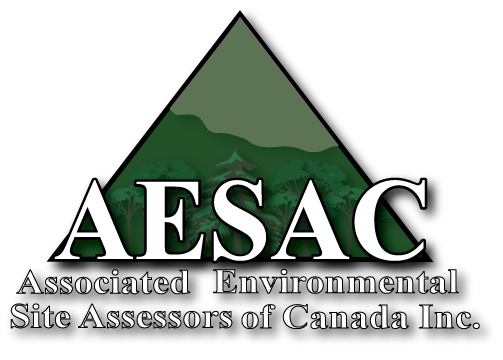In my last blog I discussed the uncertainty involved with conducting Phase 1 and 2 Environmental Site Assessments (ESA). Most ESA Standards, including CSA Z-768-01 and the Brownfields regulations in Ontario, require the assessor to identify uncertainties in their ESA, and to consider potential implications to the reported findings and conclusions. While, it is not always feasible to eliminate uncertainty, there are several ways to reduce uncertainty to more manageable levels.
The assessor must understand both the objectives and risk tolerance of all stakeholders, and recognize that not all parties will be satisfied by the same approach. Each investigation is site-specific to meet unique end-use requirements; whether the ESA is for due diligence, financing, regulatory approval, site remediation, litigation support; or a combination thereof. Once these needs have been confirmed, an appropriate investigation can be formulated. Existing documentation and prior reports must be reviewed to identify data gaps and anomalies. In some cases a new and comprehensive Phase 1 ESA may be necessary to properly conduct a focused and defensible Phase 2 ESA. Activities at the site and surrounding lands; known or suspected contamination; and the current and future land use must be considered to thoroughly investigate all known, potential, or suspected environmental concerns.
During any site investigation, it is important to collect and interpret representative and reproducible data to accurately characterize Site and contaminant conditions. Adherence to industry-accepted Standard Operating Procedures (SOP) is invaluable to maintain project quality control; and to ensure sufficient samples are collected from suitable locations for analysis of all relevant parameters. Preparing and following a well-defined scope of work; and planning for contingencies will also help to meet project and stakeholder objectives. In addition to utilizing SOP, a Quality Assurance/Quality Control program is an important, and in some cases regulated component of the ESA. The QA/QC program can include sampling and decontamination protocols; collection, analysis and review of appropriate duplicate samples; laboratory QA/QC measures, and internal or external peer review. This is especially important when you consider inherent limitations to both accuracy and precision when it comes to sample collection, quality control and data interpretation.
Consider also that test results from only a small portion of a collected sample may need to be extrapolated to represent conditions across a much greater area. For example, if the maximum allowable concentration of a contaminant is 100 units, and the reported result is 101 units, but the acceptable accuracy of the result is between 80 to 120 units; just how contaminated is this sample, or by extension, how contaminated is the Site?
It is therefore vital to ensure the data collected is sufficient to fully support the reported findings, and to defend those conclusions to any detailed third party or regulatory review. As French scientist Alexis Carrel wisely stated: “A few observations and much reasoning lead to error; many observations and a little reasoning to truth”.
Originally published by AESAC as “The Instructor’s Blog” in August 2015




